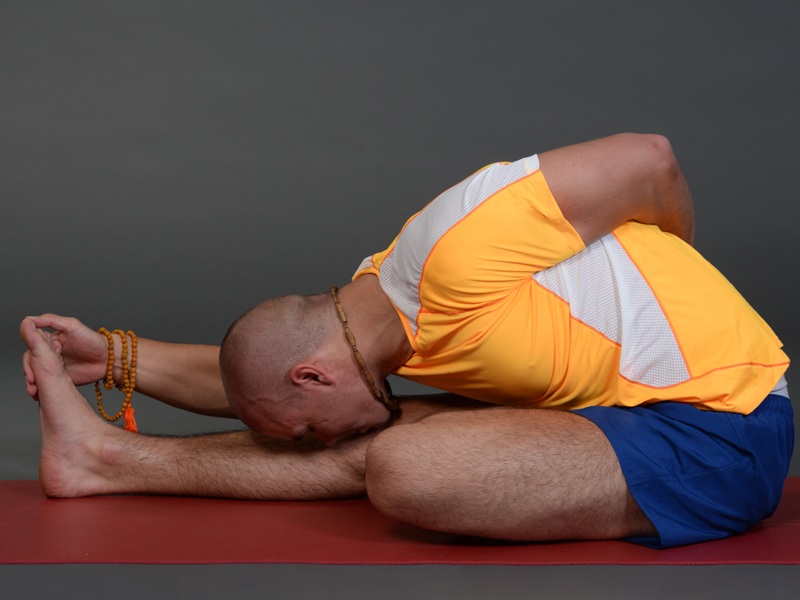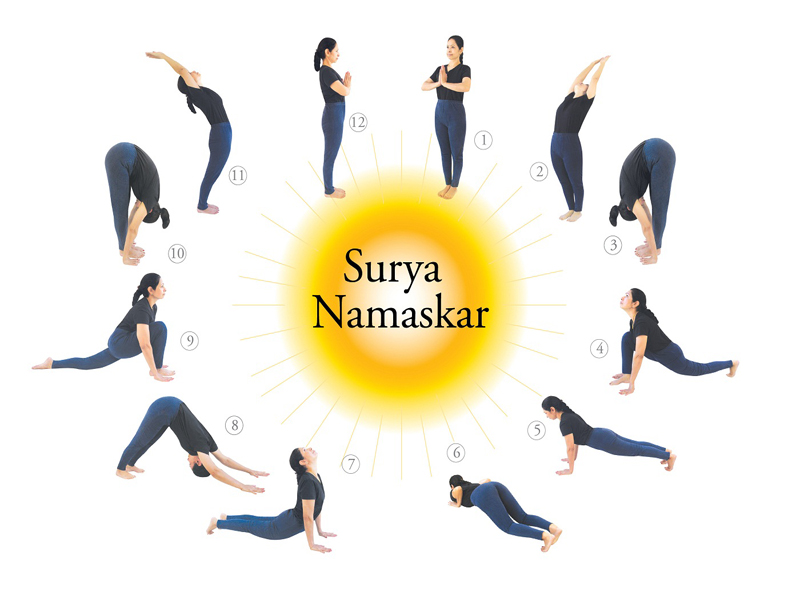Janu Sirsasana – How To Do And Benefits
Janu Sirsasana comes from the Sanskrit root words Janu, meaning “knee” and sirsa meaning “head” and asana meaning “pose”. Like many other forward bends, Janu Sirsasana is considered as a restorative pose because of its calming effect. It is also said to re-energize the body, relieving stress and anxiety Waking up at 6 in the morning and having to rush to the gym is indeed a tough job especially when you have to rush back just in time for your office or school. At this time, you really wish you could skip gym just for today, but the new generation has focused more on healthy living and body building, a plague that has taken the nation by surprise. At around this time, replacing your gym with morning yoga would do just fine. In fact, Yoga being a slow paced breathing exercise energizes and satisfies your mind and not just your body. In today’s article, we will talk about one such yoga and the benefits that you can reap from it.

Tips for Beginners (One-Legged forward bend):
Janu Sirsasana (One-Legged forward bend) is a challenging pose especially for beginners. It can take quite awhile for the hips, lower back, and hamstrings to open up enough to allow the full range of motion in these asanas. The key thing to note while doing these asanas is to develop a particular level of patience, since any kind of aggression shown during the practice of these exercises will only backfire resulting in injuries.

Janu Sirsasana (Head to Knee Yoga Pose):

The Janu Sirsasana yoga is also known as the head to knee pose derived from the very structure of the yoga posture. This is mostly a stretching exercise, not only for your outer body but also for the interiors of your body. One main disclaimer that comes along with this is that you should strictly perform this yoga empty stomach for the best results.






